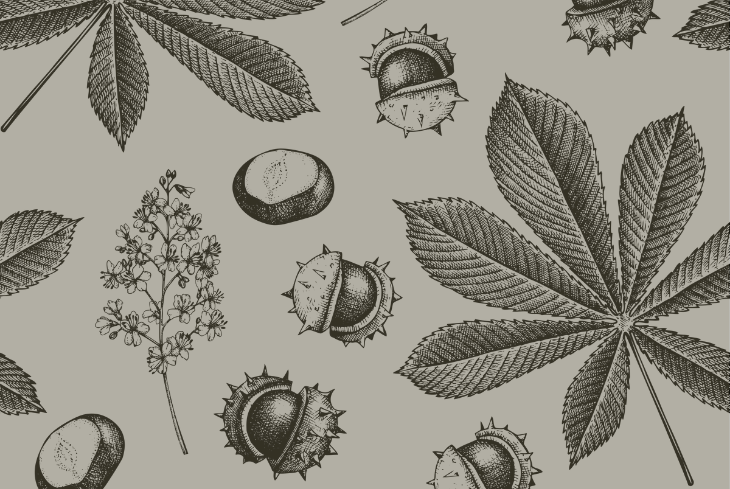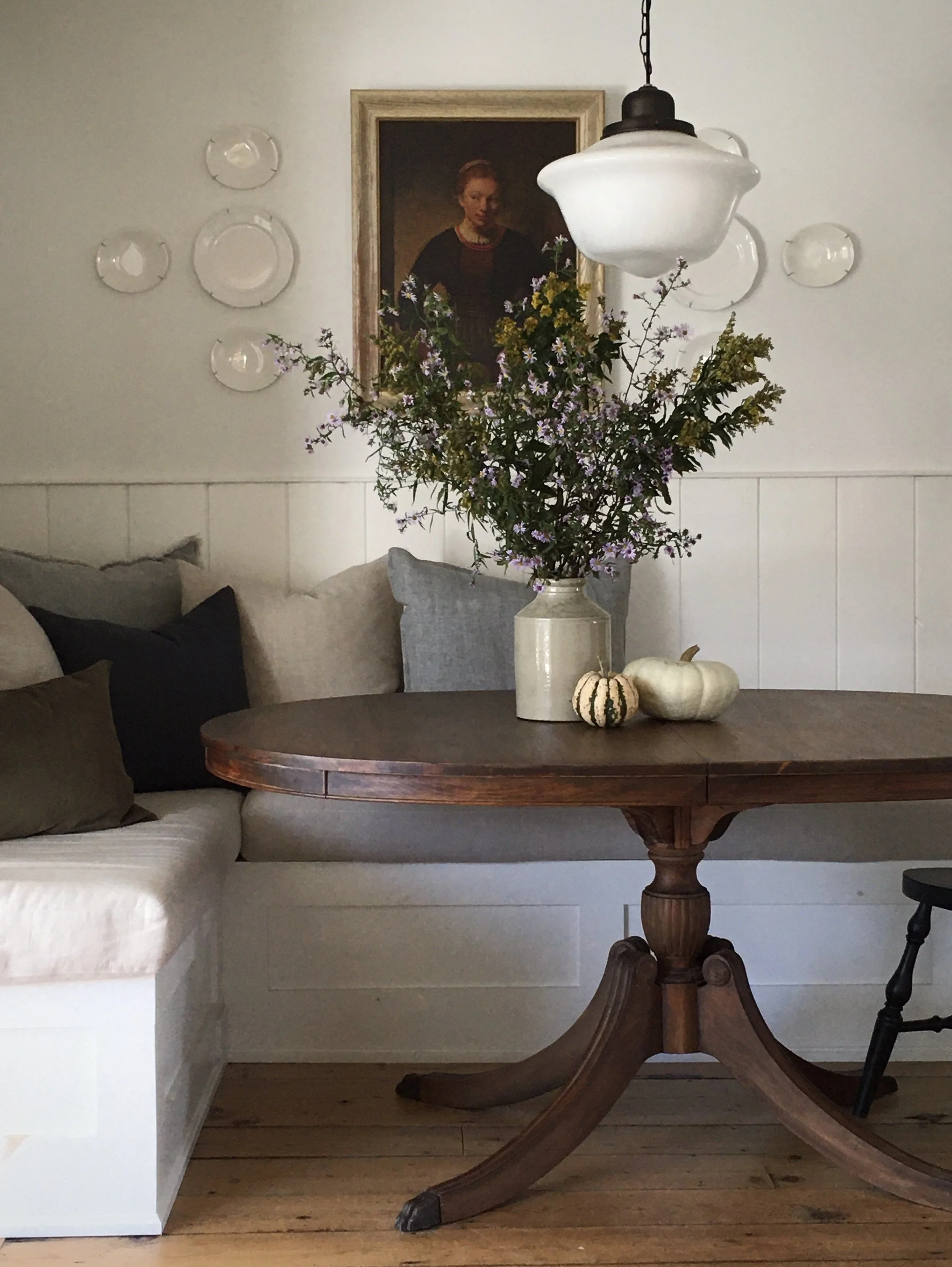Many designers will say that they pull the paint colour from a fabric, or select a paint based on the exposure of the room or chose colours from the homeowners wardrobe. All common approaches when decorating an existing room. But what if the space a) doesn’t have any significant fabric, or b) doesn’t have a window or c) the occupants vary in age, gender, and fashion taste. Many times you can be in a position to have to pick a paint colour without having a significant fabric or persian rug to work with. You can still lay the groundwork for a beautiful palette - if you chose the right neutrals you can layer in the colour later.
Because most of my client projects are renovations, often the paint colours for the entire interior have to be selected long before the homeowners and I have even contemplated new fabrics or area carpets or before they've accumulated an art collection. Sometimes newly furnishing the space will follow a year or so after move in, sometimes only a few main rooms are decorated with the remaining to be completed over time. Aside from those situations that are driven by time and budgets, there are many spaces in a house that often don’t ever have fabrics in them such as; bathrooms, kitchens, hallways, staircases or laundry rooms. The paint colour can spin off of a fabric story from adjacent rooms but that colour, primarily, has to relate to the hard surfaces.
 |
| Finish samples for a clients kitchen (paint top right). The paint selections compliment the wood floor and cabinets, the marble backsplash and quartz countertop and stainless steel. |
My process for selecting paint is always the same. It never starts with fabric. The approach I take with paint is that its role is to enhance everything in the space (and the views outside) not distract from it. First and foremost I take direction from the permanent surfaces and architectural details like wood, stone, tiles, metal, mouldings and in some cases broadloom. These are far more permanent than any fabric or wallpaper but are the foundation of the overall palette and have to be considered with every paint selected. Secondly, I take into consideration the style and character of the home (Heritage or contemporary). Lastly, the natural light and views - what is the setting, what is the view outside the windows. (The only exception to any of the above is kids rooms, its all about their favourite colour and making it work for both mom and child!).
For 90% of the interiors I design, I could happily work from a paint deck of nothing but greys and when I say grey, my definition of grey covers a wide spectrum from warm to cool, from almost white to almost black , from clear to muddy and with undertones that can make them read green, blue, beige, purple or brown. Light and airy, to dark and dramatic, its all there. Its in this spectrum that I always find the perfect neutral that works beautifully with the finishes of the house as well as more vibrant colours that could be found in the garden, fabrics or the painting over the mantel. For walls, when I'm not chosing white I'm always drawn to the mineral, sky and watery greys. I am least drawn to anything with a red undertone or citrus colours because I don't think they pair favorabely with most natural wood tones (typically golden or reddish woods) they don’t compliment or contrast instead they can clash with these woods or suffocate the room in one note. (This is particularly the case in Canada where we use a lot of wood floors, wood cabinets, wood railings, and wood furniture.) Contrary to this effect greyed neutrals do the complete opposite, to my eye grey makes all other colours and materials look better. Grey is anything but dreary in fact I love how grey brings everything in a room to life - nothing enhances wood tones, complements colour and is crisper with white trim better than grey. It has the ability to make anything paired with it look modern and sophisticated, and that's why it has been and will continue to be my go to palette for picking the perfect colour.
Whether you like your spaces neutral or colourful you'll find loads of great colour tips and advice in this issue, including my best tip on picking the right paint colour and what paint combo i'm coveting now. If you haven’t see it yet its on stands until August 31st.
All Photos and Design (Except Cover Photo): Carol Reed Interior Design






























